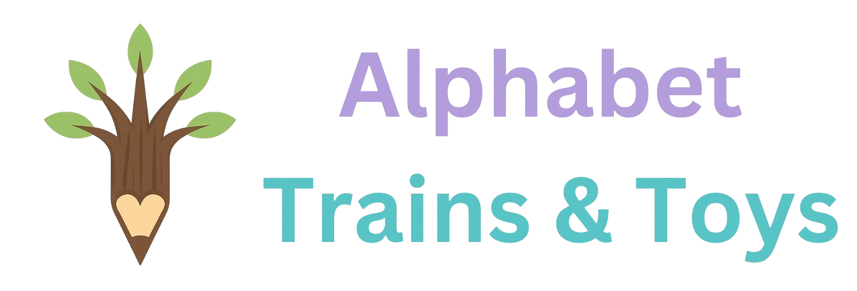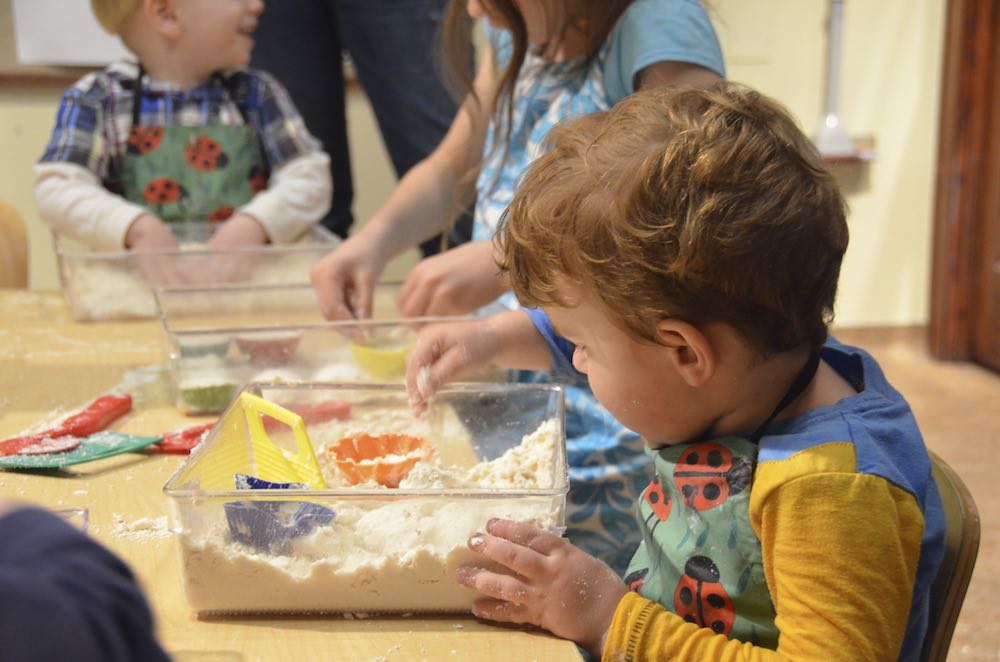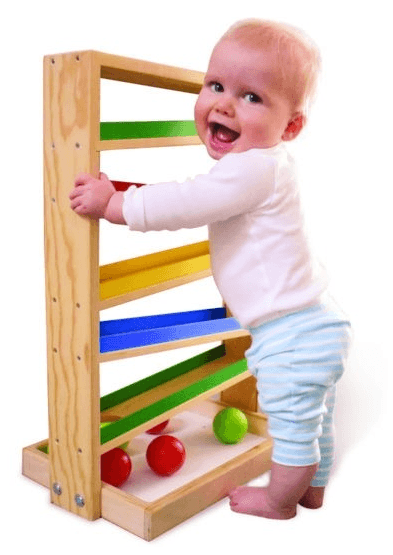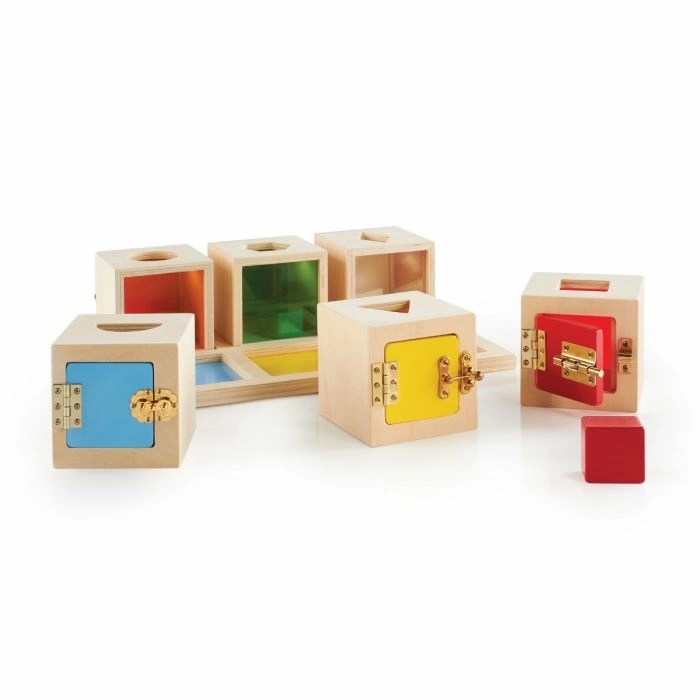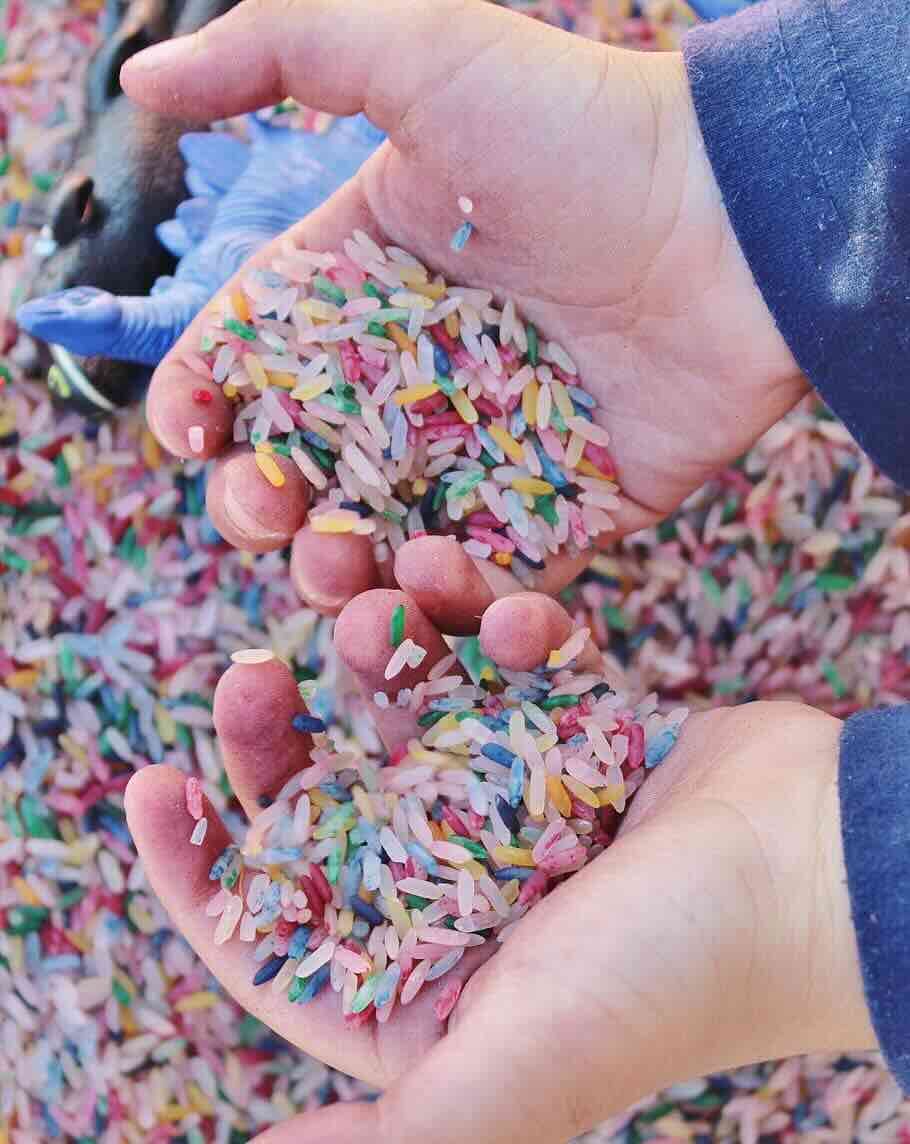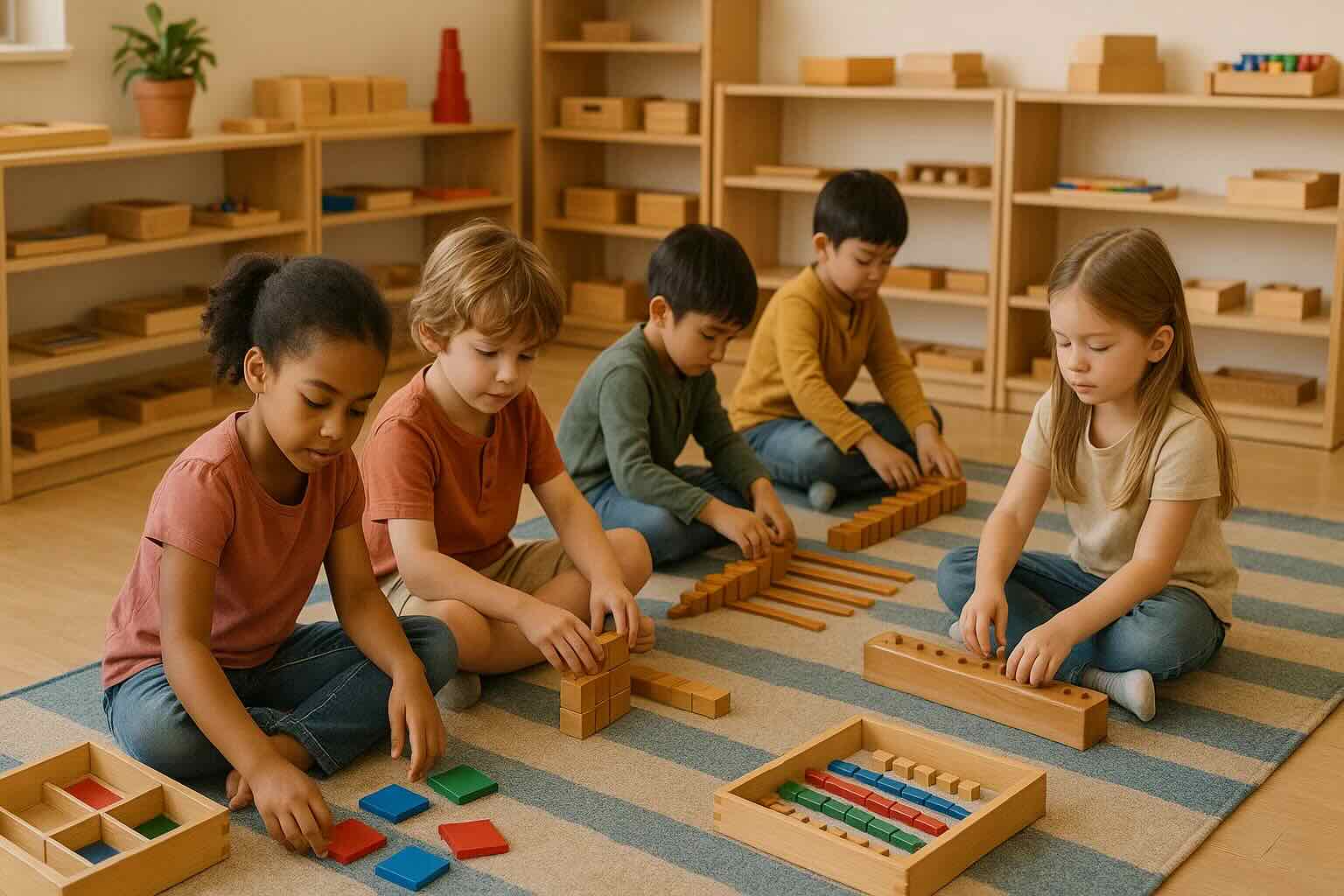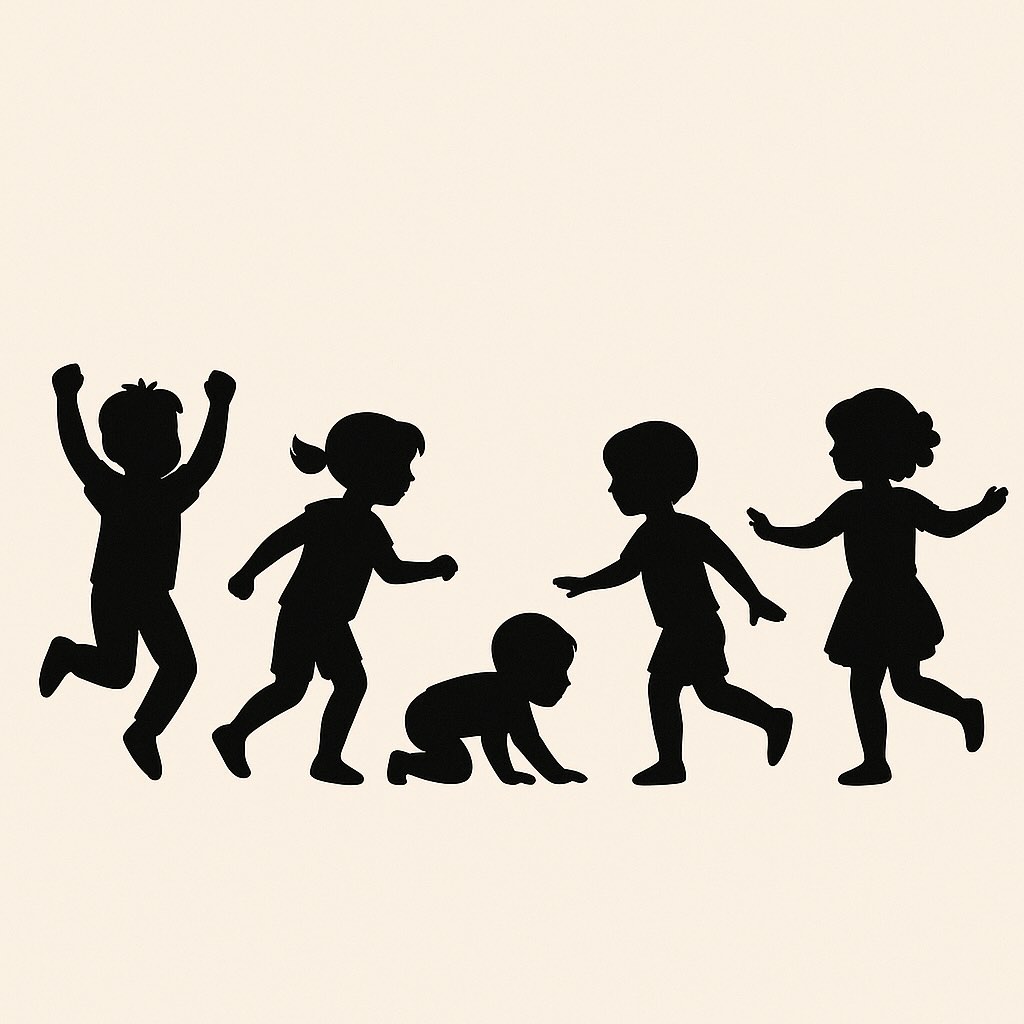In early childhood development, sensory skills play a crucial role in a child's overall growth and learning process. Sensory skills encompass the ability to perceive and interpret sensory stimuli from the environment, including touch, sight, sound, smell, and taste. Educational toys designed to stimulate sensory development can provide children with engaging and interactive experiences that enhance their sensory skills while promoting cognitive, physical, and social development. This article explores the importance of sensory skills and highlights a selection of educational toys that can effectively nurture and strengthen these abilities in children.
1. Understanding Sensory Skills Development:
Sensory skills are the foundation for acquiring various essential skills, such as fine and gross motor skills, language and communication skills, problem-solving abilities, and emotional regulation. Children with well-developed sensory skills can better explore, understand, and interact with the world around them. Sensory play and exploration through educational toys can aid in developing these skills.
2. Educational Toys for Sensory Skills Development:
2.1. Tactile Sensory Skills:
Tactile sensory skills involve the sense of touch and are crucial for children to understand textures, shapes, and the world around them. Here are some educational toys that promote tactile sensory development:
- Texture Blocks: These blocks feature different textures on each side, allowing children to explore and identify various tactile sensations.
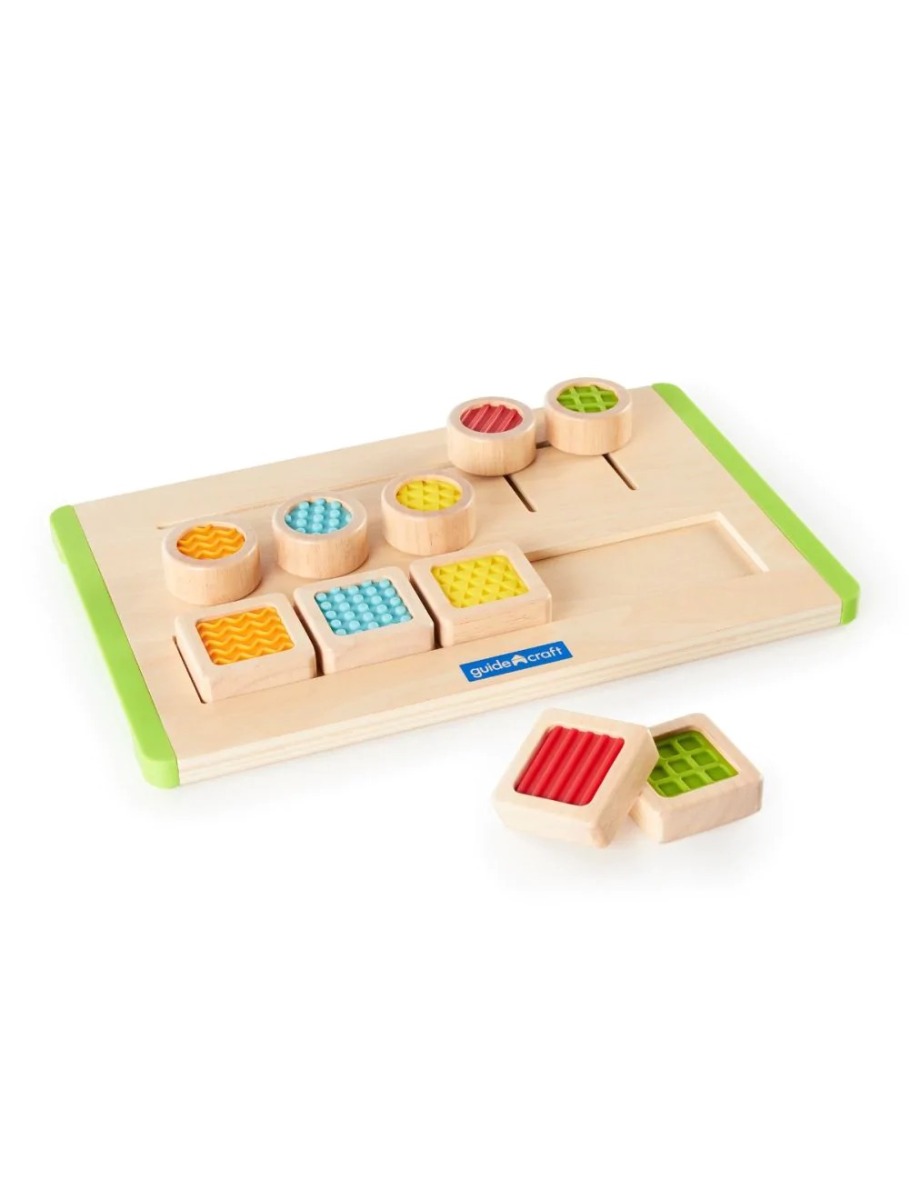 |
| Tactile Matching Maze Montessori Toy |
Tactile Matching Maze Montessori Toy
- Sensory Balls: Soft, textured balls with different patterns and surfaces provide a tactile experience while encouraging hand-eye coordination.
| Tracker Ball Maze |
- Sensory Bins: Filled with materials like sand, rice, or water, sensory bins offer opportunities for children to explore textures, scoop, pour, and manipulate objects.
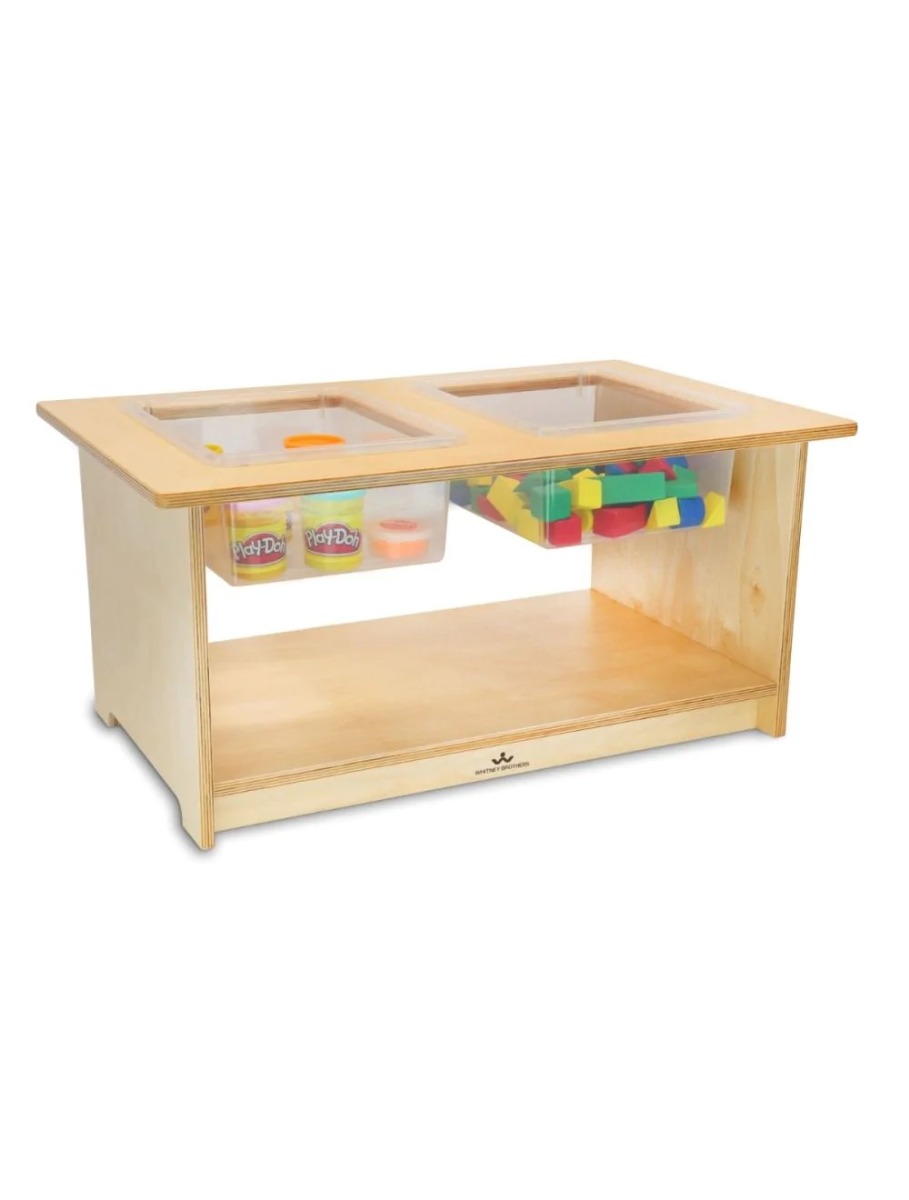 |
| Toddler Sensory Table |
2.2. Visual Sensory Skills:
Visual sensory skills involve the sense of sight and are fundamental for visual discrimination, tracking, and spatial awareness. The following educational toys can enhance visual sensory development:
- Visual Stimulation Toys: Toys with vibrant colors, patterns, and contrasting designs, such as mobiles or wall decals, can engage a child's visual senses.
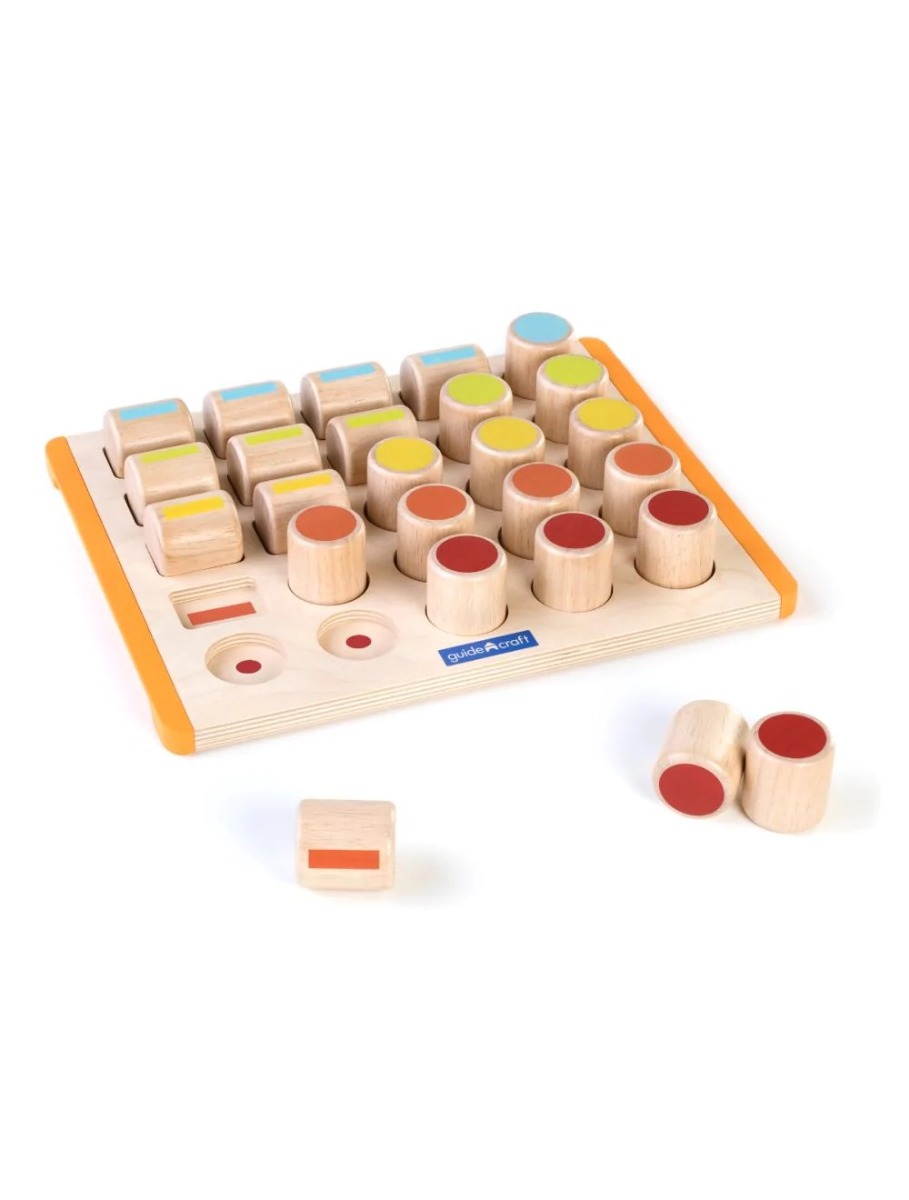 |
| Count by Color Cylinders |
- Shape Sorters: These toys help children recognize and differentiate shapes, improving visual discrimination skills.
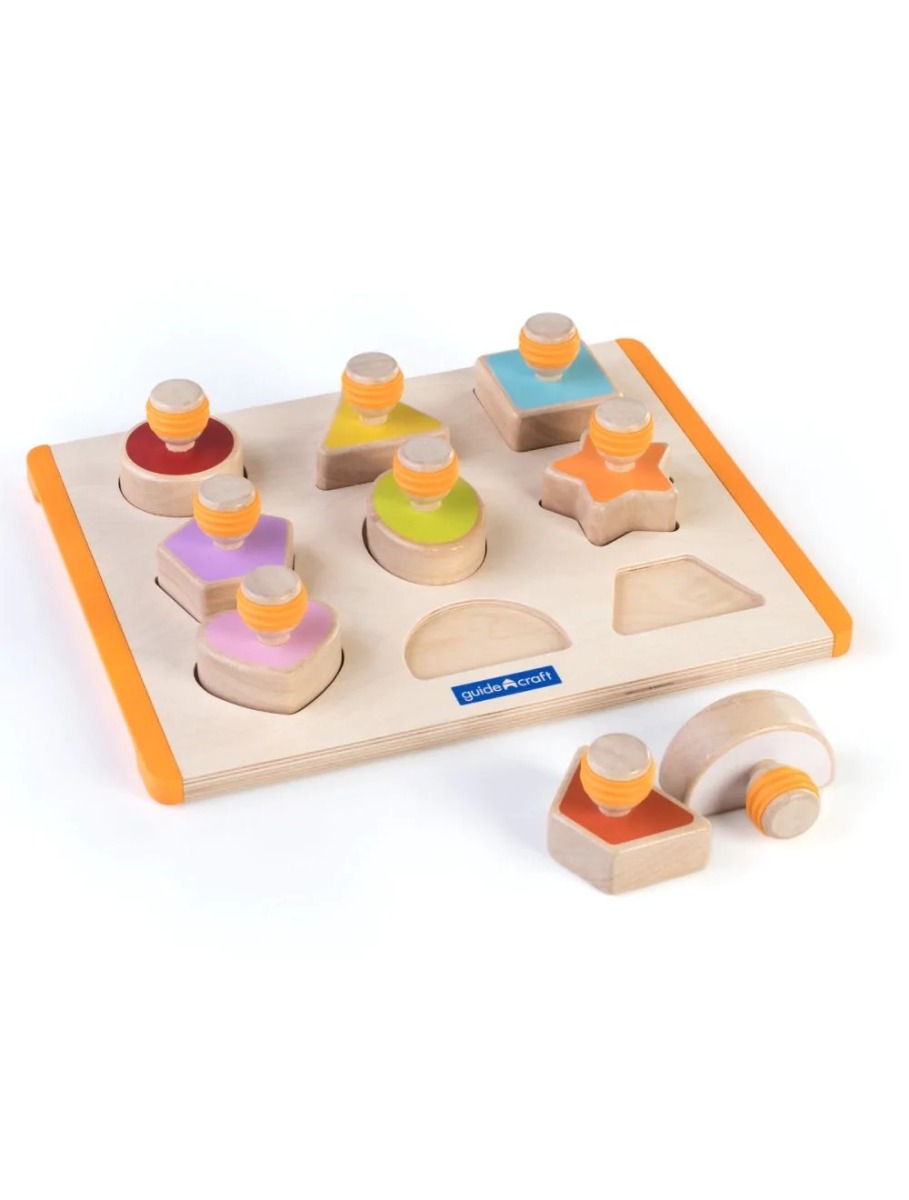 |
| Montessori Shape Sorter |
- Puzzles and Matching Games: Visual-based puzzles and games foster cognitive development while enhancing visual processing and spatial skills.
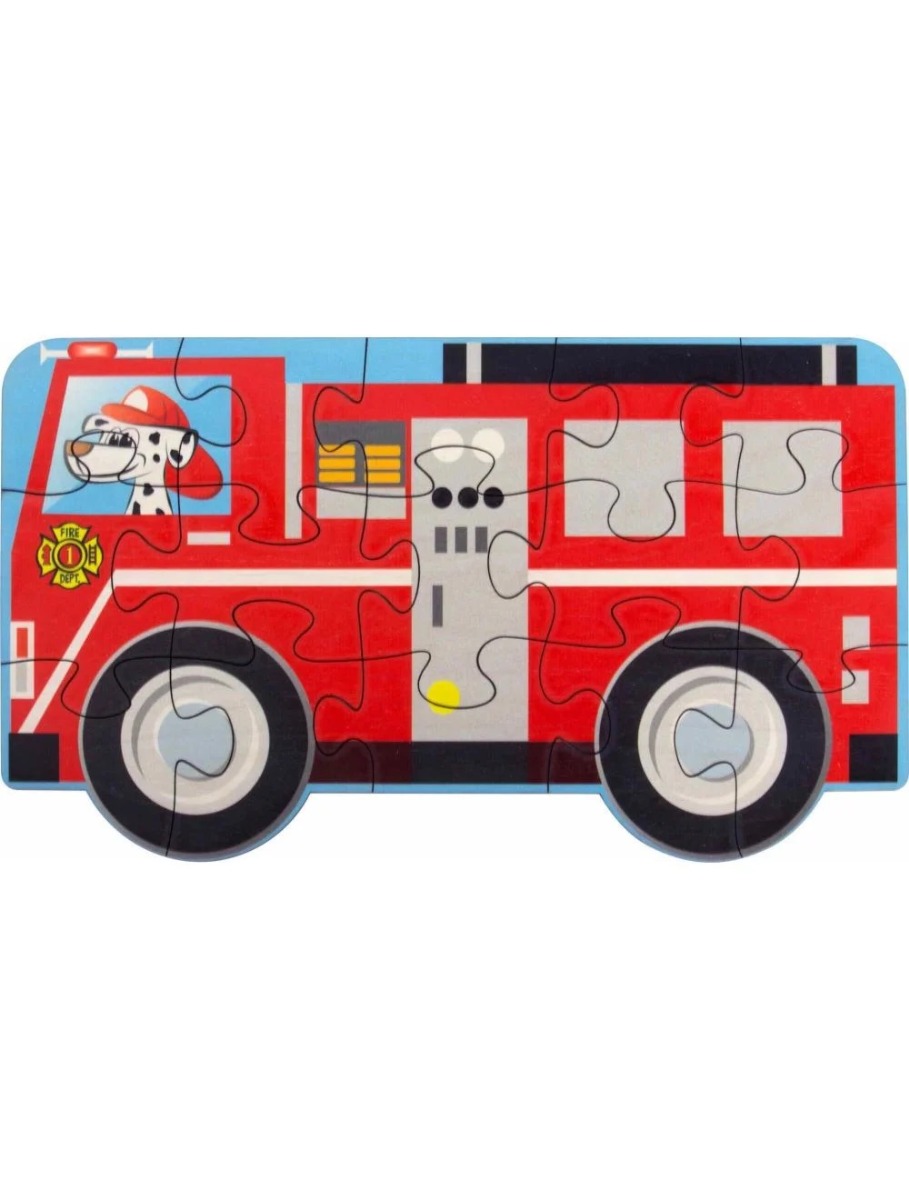 |
| Fire Engine Jigsaw Puzzle |
2.3. Auditory Sensory Skills:
Auditory sensory skills involve the sense of hearing and are vital for sound discrimination, language development, and auditory processing. Educational toys that focus on auditory sensory skills include:
- Musical Instruments: Toys like drums, xylophones, and keyboards enable children to explore sounds, rhythms, and pitch, enhancing auditory discrimination and motor coordination.
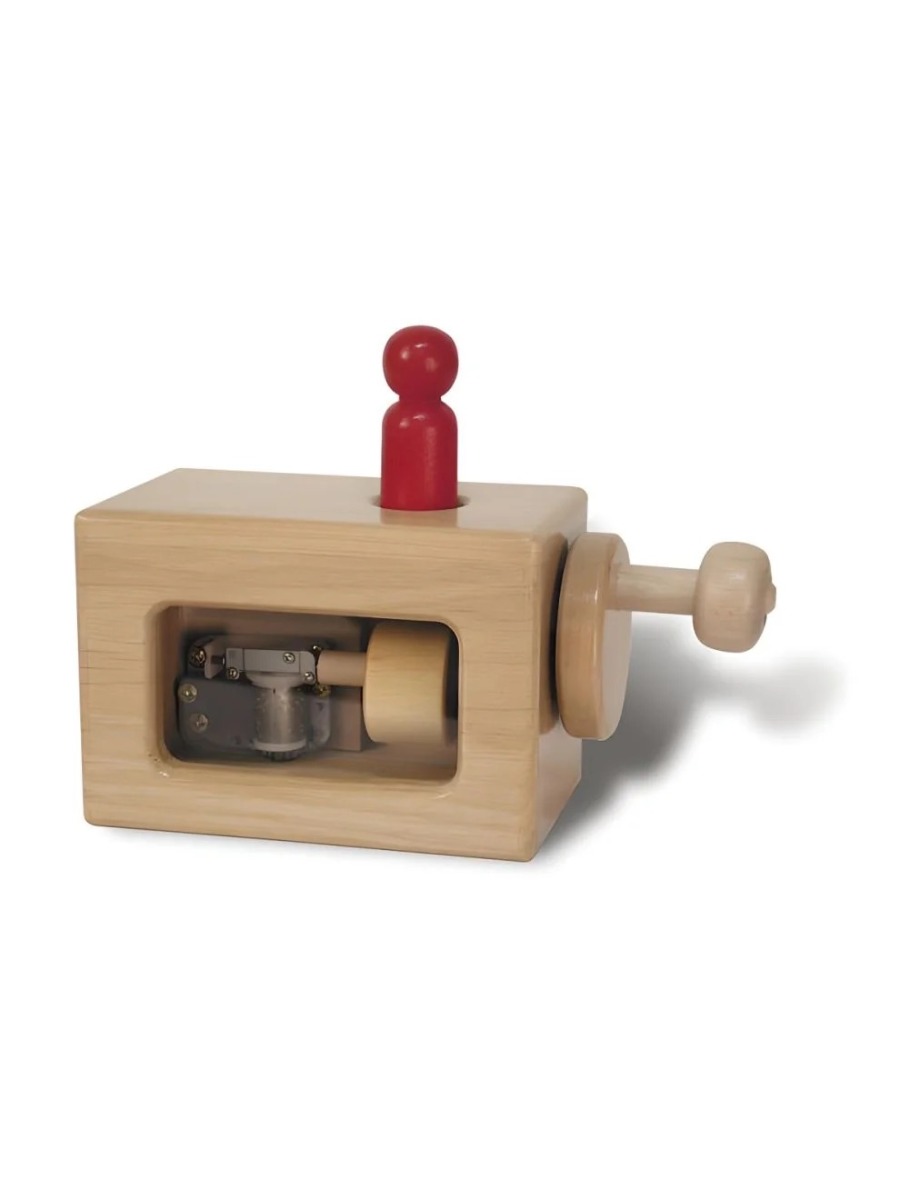 |
| Montessori Music Box |
- Sound Puzzle Boxes: These toys provide auditory feedback when children correctly match shapes or complete puzzles, promoting auditory processing skills.
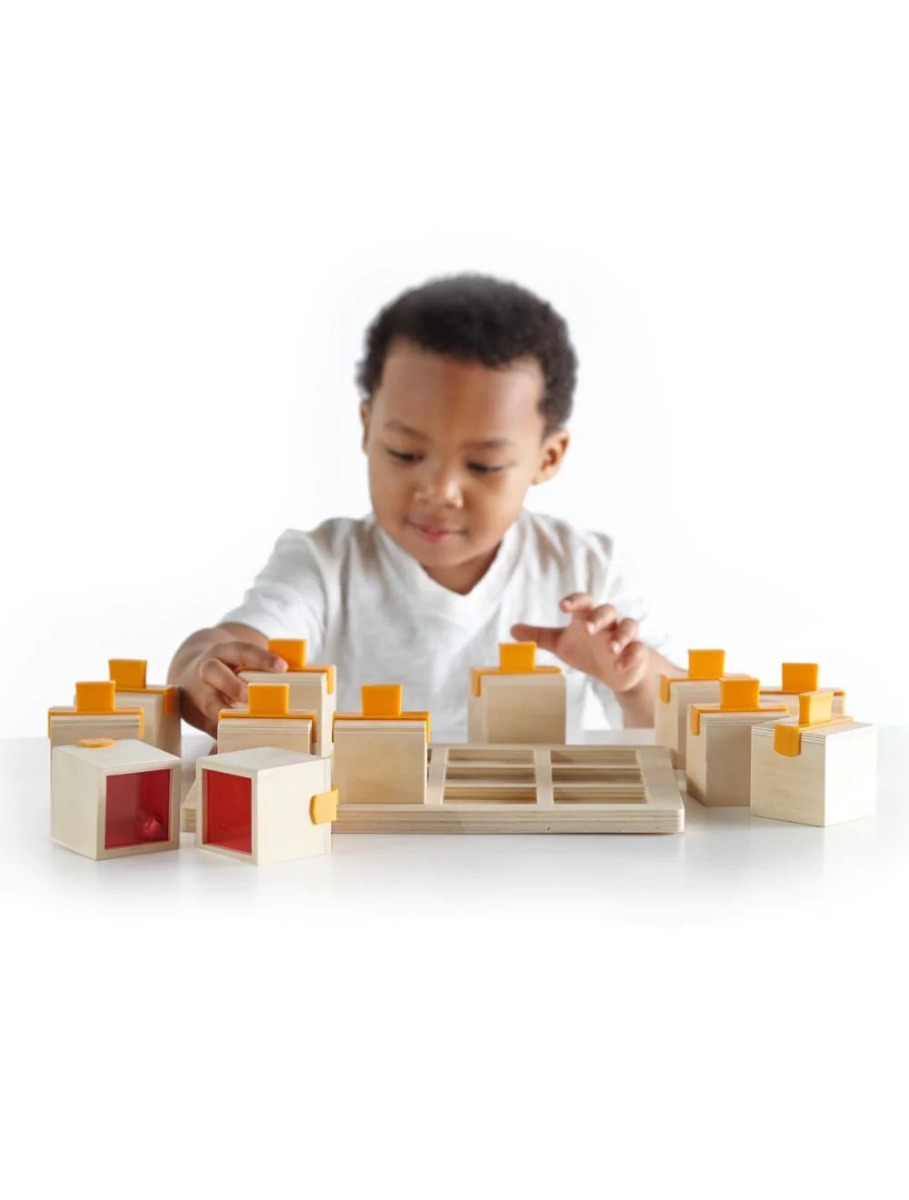 |
| Peekaboo Sound Boxes Sensory Toy |
- Storybooks and Audio Players: Interactive storybooks or audio players with recorded stories and sound effects engage children in auditory stimulation and language development.
Educational toys that target sensory skills development provide children with valuable learning experiences. By engaging multiple senses, these toys promote cognitive, physical, and social development while fostering sensory integration and regulation. From tactile exploration to visual discrimination and auditory stimulation, the carefully selected toys mentioned in this article offer a starting point for parents, caregivers, and educators to enhance children's sensory skills. By providing a stimulating environment that encourages sensory play, we can support children in their journey of holistic development and create a solid foundation for their future growth.
References:
1. Acredolo, L. P., & Goodwyn, S. W. (2000). Symbolic play and emerging literacy. Journal of Educational Psychology, 92(4), 646-655.
2. Bundy, A. C., Lane, S. J., & Murray, E. A. (2002). Sensory integration: Theory and practice. F.A. Davis.
3. Miller, L. J., Anzalone, M. E., Lane, S. J., Cermak, S. A., & Osten, E. T. (2007). Concept evolution in sensory integration: A proposed nosology for diagnosis. The American Journal of Occupational Therapy, 61(2), 135-140.
